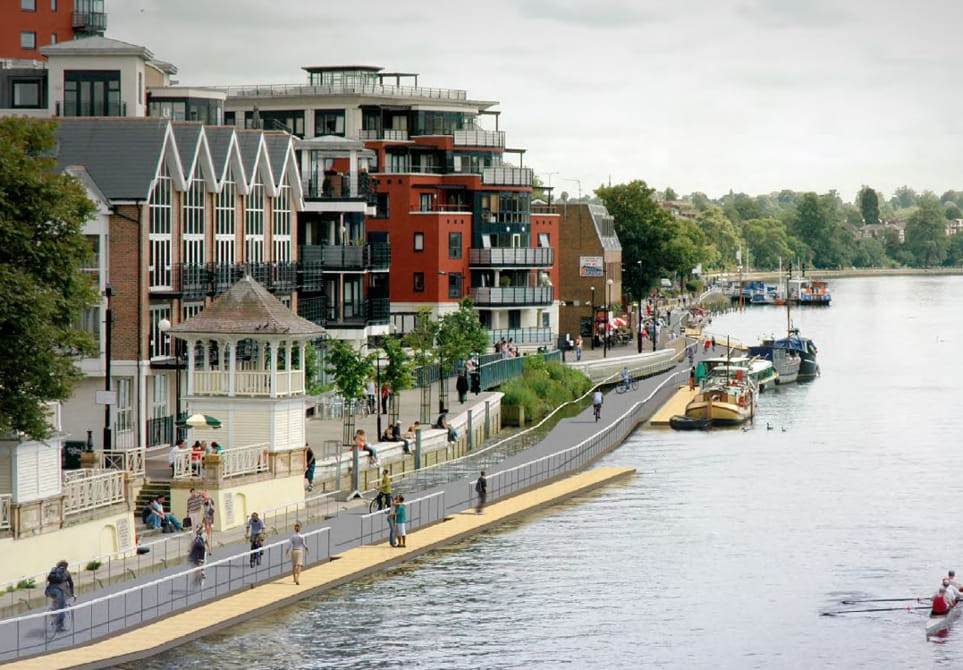
Am I in a Conservation Area? You Need to Know & Why It Matters
The introduction of the Civic Amenities Act in 1967 marked a significant milestone in protecting and preserving areas of unique historical and architectural importance across England, Wales, and Scotland. With over 10,000 conservation areas in the UK today, this act has proven to be a remarkable success, safeguarding heritage and architectural character.
If you are living in or planning to buy property in a conservation area, this article provides essential guidance on understanding the implications and why it matters.
What Does It Mean to Live in a Conservation Area?
Living in a conservation area means being surrounded by heritage, history, and timeless beauty, but it also comes with obligations. Local councils enforce rules and restrictions to preserve the integrity of these areas, ensuring any changes to properties align with conservation standards.
Failing to comply with these regulations can result in legal and penal consequences, making it crucial for residents to be informed and respectful of the guidelines that protect the architectural and aesthetic character of conservation areas.
Restrictions and Planning Rules
In a conservation area, property alterations are subject to special planning scrutiny. Here’s an overview of key restrictions:
- Demolition: Planning permission is required for any demolition exceeding 115 cubic meters.
- Extensions:
- Single-storey extensions cannot exceed 3m from the rear wall for most homes or 4m for detached houses.
- Two-storey, roof, side, and wraparound extensions are not permitted development.
- Outbuildings: Garages and other structures are restricted unless they align with permitted development guidelines.
- Cladding and Solar Panels: Materials must match the original structure; solar panels extending beyond 150mm are prohibited.
- Trees and Shrubs: Cutting or removing them without approval is not allowed.
- Painting and Replacement: Original doors, windows, and facades must be preserved without significant alteration, including changes to colors.
For further insights, the English Heritage Trust supports local authorities in maintaining conservation standards, while Article 4 directions allow planning authorities to regulate extensive permitted developments that may harm conservation areas.
How to Check If You Are in a Conservation Area
To determine whether your property is in a conservation area:
- Consult Your Local Authority: Borough planners can provide detailed information, often using the Supplementary Planning Document (SPD).
- Search Online: Many local authorities offer postcode-based searches for conservation area designations.
- Ask Your Agent: If you purchased property through a facilitator, they can confirm conservation area details.
Why Conservation Areas Matter
Conservation areas preserve high-quality homes and serene environments that embody the UK’s heritage. Although planning restrictions might seem daunting, these areas offer unique advantages, maintaining their charm and integrity for generations.
If you are planning a house purchase or alterations within a conservation area, work closely with a structural engineer to ensure all designs meet the strict standards. At Studio20 Architects, we specialize in navigating conservation area regulations, providing accurate and up-to-date information to ease your planning process.
Why Studio20 Architects?
House planning in conservation areas can be intricate, but Studio20 Architects excels in addressing even the most challenging cases. With our expertise in conservation regulations, we help clients seamlessly navigate planning permissions, ensuring their visions align with the required standards.
Contact us today for guidance, tailored advice, and high-quality architectural solutions for properties within conservation areas.
Contact Studio20 Architects for more information




